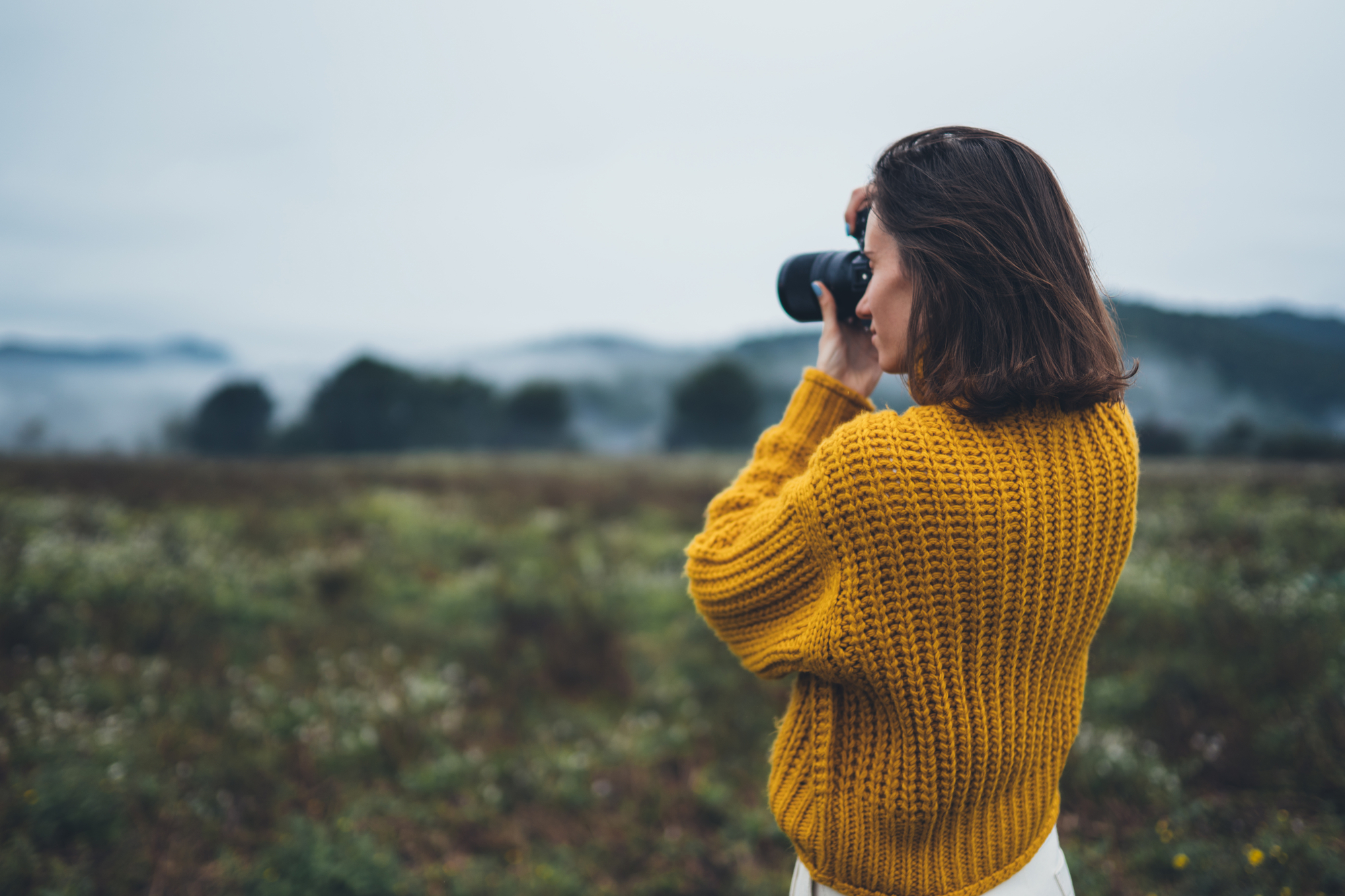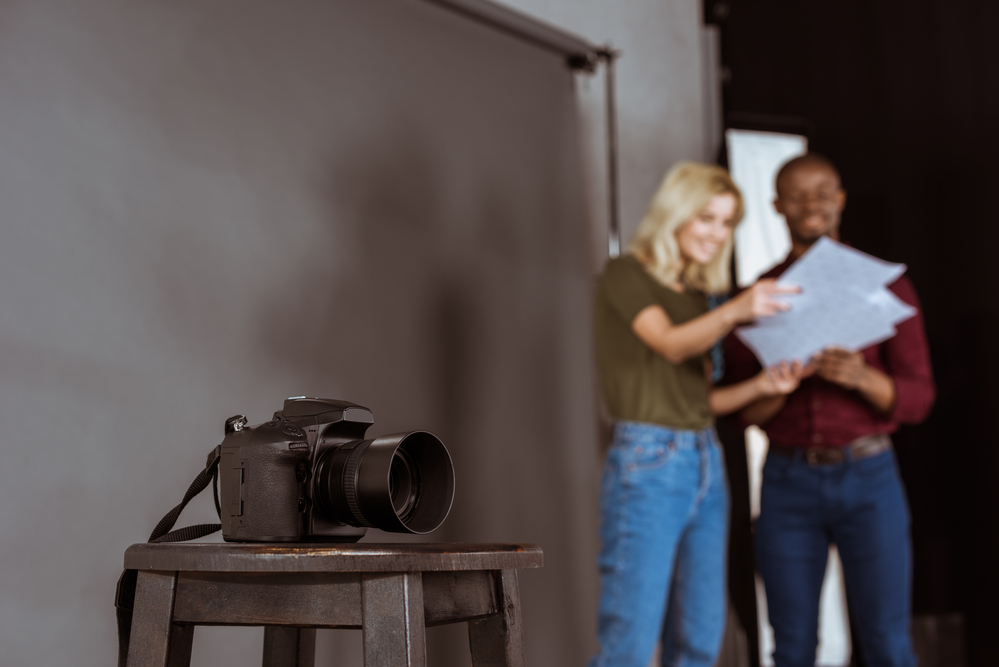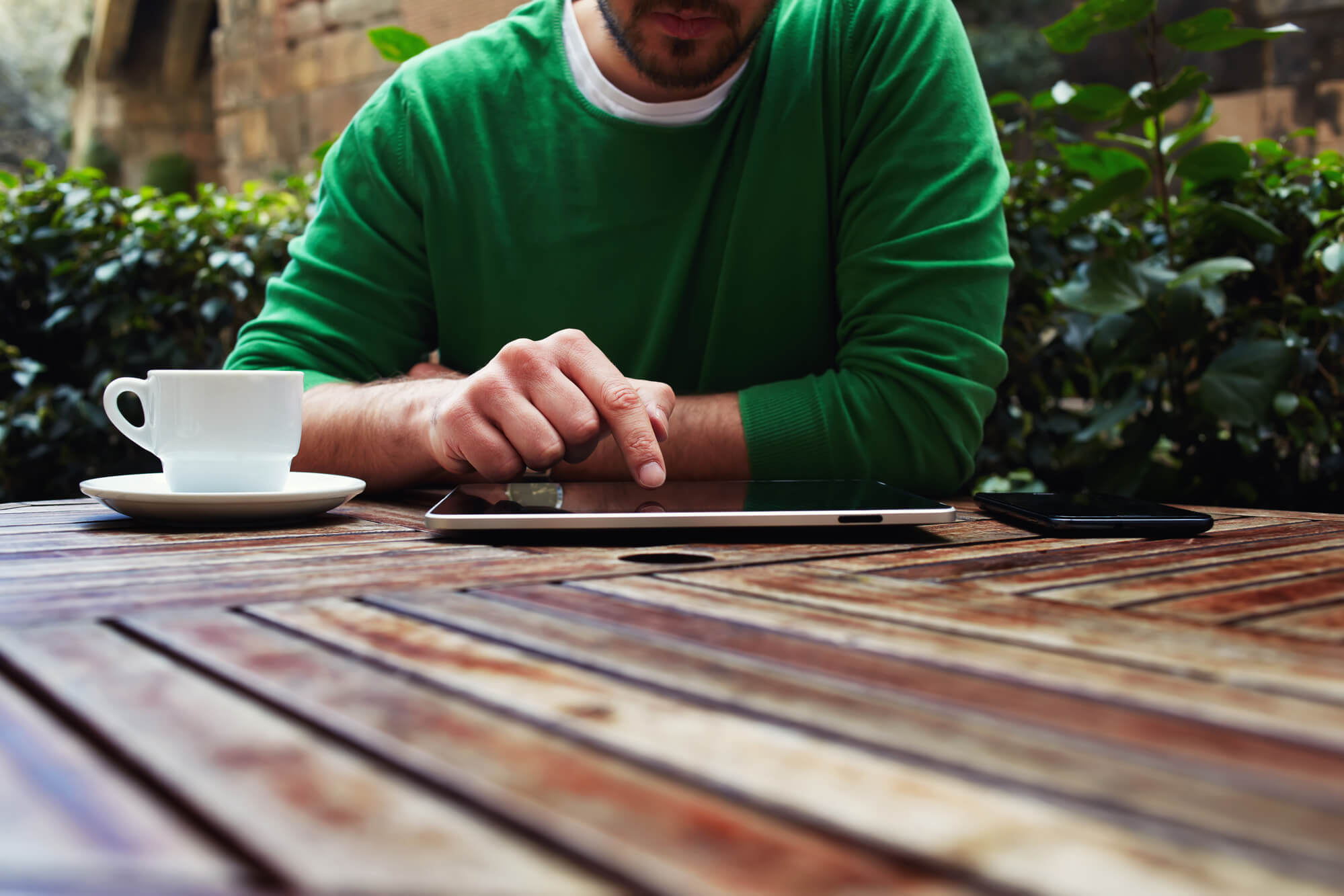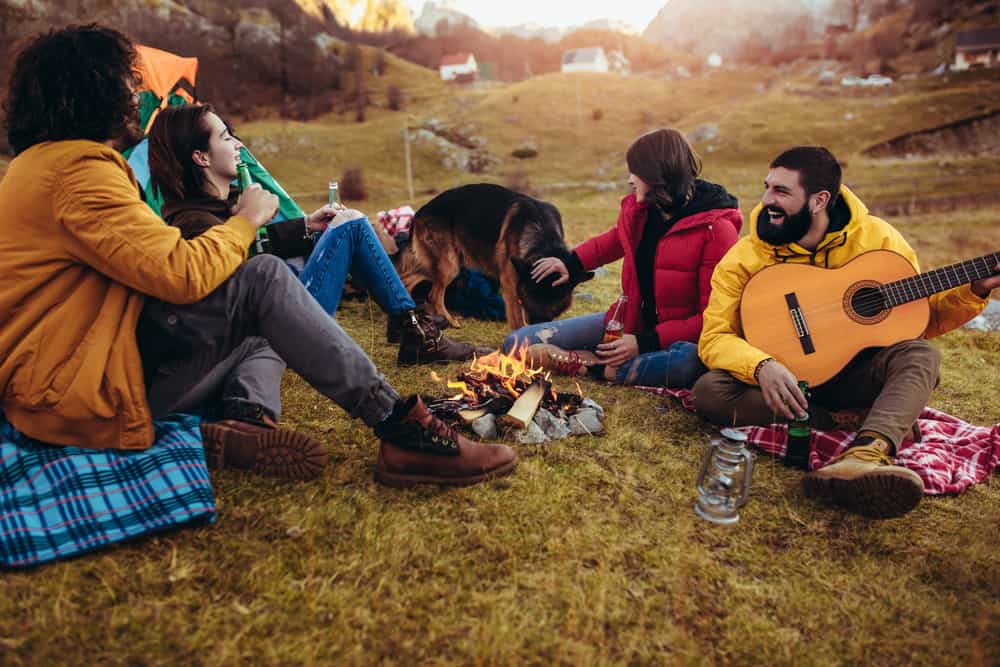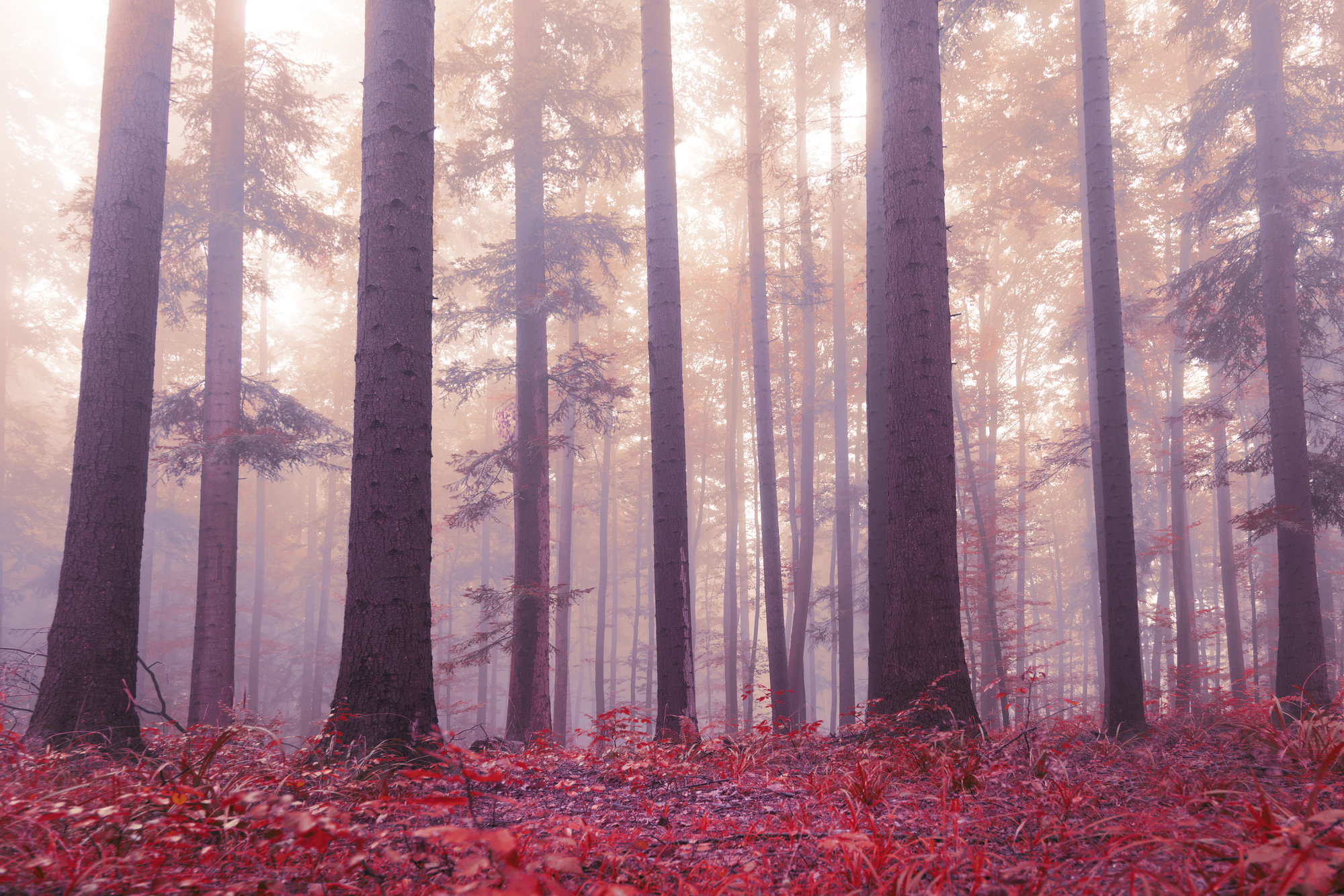What is aperture?
Aperture is the opening in a camera’s lens. It lets the light through the lens to expose sensors. The more open your aperture is, the more light your camera’s sensor will receive. Aperture, which sometimes is called a diaphragm, looks like a hole and works similarly to a human eye. When you are in a dark room, your pupils will be very wide to receive more light in dim lighting. On a bright sunny day, your pupils will shrink and become really small not to receive too much light. The same way with aperture. You will want to set it narrower or smaller for bright lighting conditions so as not to overexpose your photos, and when you shoot at night, your aperture needs to be wide open. However, keep in mind that aperture influences other aspects of your photos apart from light reception, such as the depth of field and overall exposure. We’ll explain these aspects later in this article.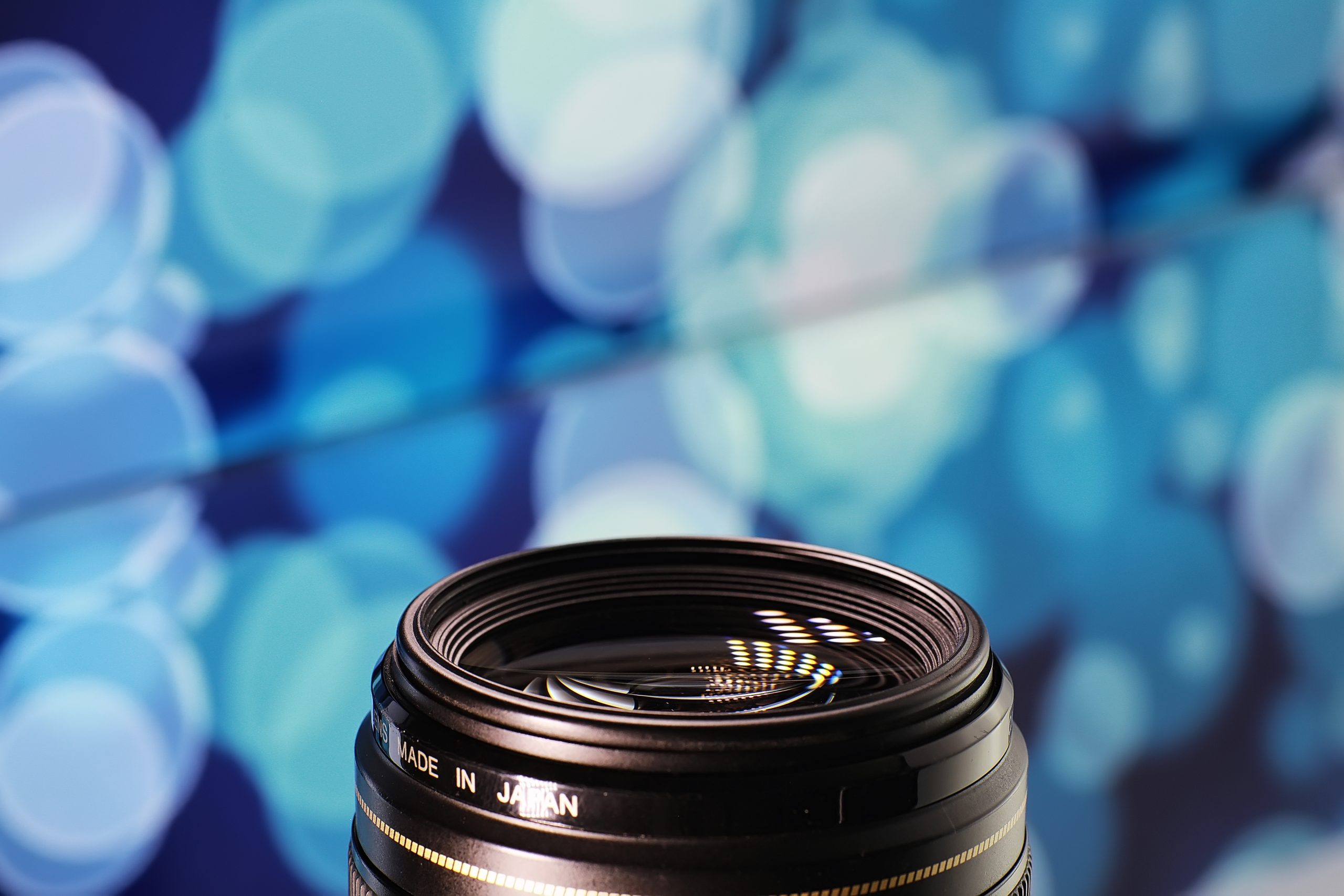
Aperture measurement
In your camera’s settings, an aperture is marked with f-numbers. Also called f-stops, these numbers indicate how open your lens aperture is. If you are a beginner photographer, grasping aperture might be quite hard as wide apertures are marked with smaller f-numbers, and narrow apertures are marked with bigger f-numbers. This might be confusing, but f-stops that mark aperture size are actually fractions of the focal length of a lens, meaning that f/8 is 1/8 and f/2 is 1/2. Keep this in mind when you set the aperture number.Aperture in the exposure triangle
Exposure, arguably the most important aspect of photography, indicates how bright or how dark your image will be. It consists of aperture, shutter speed, and ISO, which together are called the exposure triangle. If you want to capture things with the perfect exposure, it’s a must to know how these three settings work together. That’s because you can’t simply adjust the aperture number and think that everything else will work just fine (unless you are using the aperture priority mode). When you adjust one of the settings responsible for the exposure in your manual mode, you will have to change other settings as well. Wide-open apertures let a lot of light through the lens, which means you will be able to shoot with a fast shutter speed and lower ISO. Small apertures limit the light that comes through, so you will have to opt for a slower shutter speed or make your ISO level higher. To learn more about how aperture, shutter speed, and ISO work together, read our guide on the exposure triangle. You can also check our article on shutter speed.How aperture influences the depth of field
Aperture directly influences how sharp and focused your objects will look in your frame both in the background and foreground. This effect is called the depth of field. When you shoot with a wide-open aperture and a small aperture number, you will get a shallow depth of field, which means your background (or foreground) will appear blurry and out of focus and your focal point will look sharp. On the contrary, small apertures marked with higher f-numbers are able to capture the whole scene sharp. They create a large depth of field, which means both foreground and background are equally visible. You can use this when you want all of the objects and subjects within your frame to be in focus.